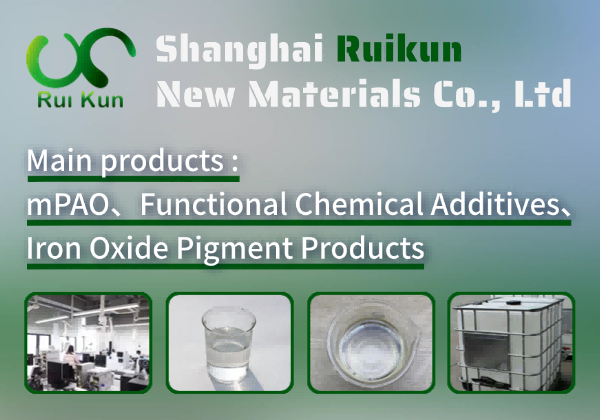What is carbon
**Introduction to Product Carbon** Product Carbon is a cutting-edge solution designed to help businesses measure, manage, and reduce their carbon footprint. In an era where sustainability is paramount, Product Carbon empowers organizations to track the environmental impact of their products throughout their lifecycle—from raw materials to production, distribution, and disposal. By leveraging advanced analytics and data-driven insights, Product Carbon provides actionable strategies to minimize emissions, comply with regulations, and meet consumer demand for eco-friendly practices. Whether you're a manufacturer, retailer, or service provider, Product Carbon equips you with the tools to achieve sustainability goals, enhance brand reputation, and contribute to a greener future. Embrace transparency and accountability with Product Carbon—your partner in climate action.
Preparation Process: To prepare elemental carbon, several methods can be employed: 1. **Pyrolysis**: Heat organic materials (e.g., wood, coal, or sugar) in an oxygen-free environment to decompose them into carbon. 2. **Chemical Vapor Deposition (CVD)**: Decompose hydrocarbons (e.g., methane) at high temperatures on a substrate to form graphite or graphene. 3. **Graphite Production**: Heat petroleum coke or coal tar pitch to ~3000°C to form synthetic graphite. 4. **Charcoal Production**: Carbonize wood by heating it in a limited oxygen supply (e.g., in a kiln). 5. **Diamond Synthesis**: Apply high pressure and temperature (HPHT) or CVD to convert graphite into diamond. Each method yields different carbon allotropes.
Usage Scenarios: Carbon is a versatile element with numerous applications. In its pure forms, diamond is used for cutting tools and jewelry, while graphite serves as a lubricant and in pencils. Carbon fibers reinforce materials in aerospace and automotive industries. Activated carbon filters pollutants in water and air purification. Carbon black strengthens rubber in tires and pigments in inks. Carbon dioxide is essential in beverages, fire extinguishers, and greenhouse cultivation. Carbon nanotubes enable advanced electronics and nanotechnology. Organic compounds containing carbon form the basis of fuels, plastics, pharmaceuticals, and biomolecules like DNA and proteins. Carbon dating helps determine the age of archaeological artifacts. Its allotropes and compounds make carbon indispensable across industries and science.
carbon Basic Info
carbon Price
1. **United States**: $1,000 - $5,000 per ton
2. **China**: $500 - $3,000 per ton
3. **Russia**: $400 - $2,500 per ton
4. **Germany**: $1,200 - $5,500 per ton
5. **India**: $300 - $2,000 per ton
6. **Japan**: $1,500 - $6,000 per ton
7. **Brazil**: $400 - $2,500 per ton
8. **South Korea**: $1,000 - $4,500 per ton
9. **Philippines**: $500 - $3,000 per ton
10. **United Kingdom**: $1,200 - $5,500 per ton
11. **France**: $1,300 - $5,500 per ton
12. **Mexico**: $400 - $2,500 per ton
13. **Canada**: $1,000 - $5,000 per ton
14. **South Africa**: $300 - $2,000 per ton
15. **Egypt**: $400 - $2,500 per ton
16. **Turkey**: $500 - $3,000 per ton
17. **Thailand**: $400 - $2,500 per ton
18. **Indonesia**: $300 - $2,000 per ton
*Note: These are rough estimates and can vary significantly based on market conditions, carbon type, and quality.*


 沪ICP备2021018848号-5
沪ICP备2021018848号-5

